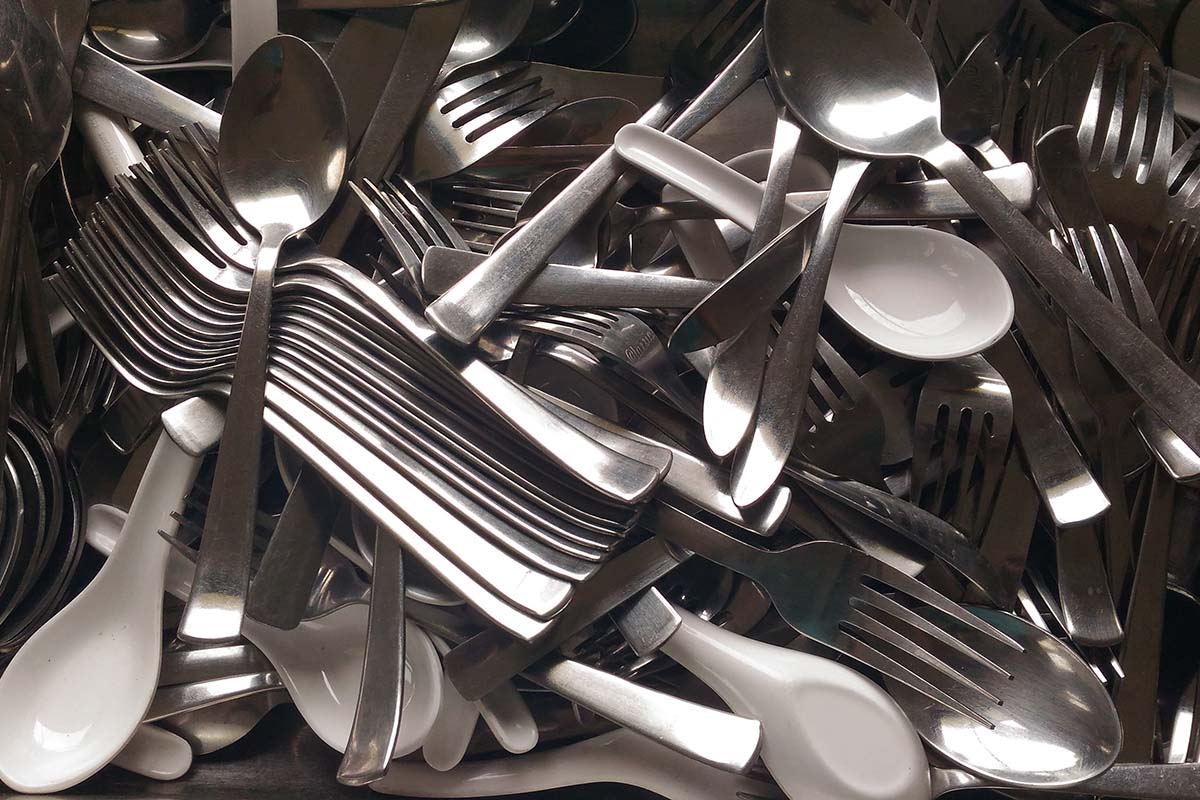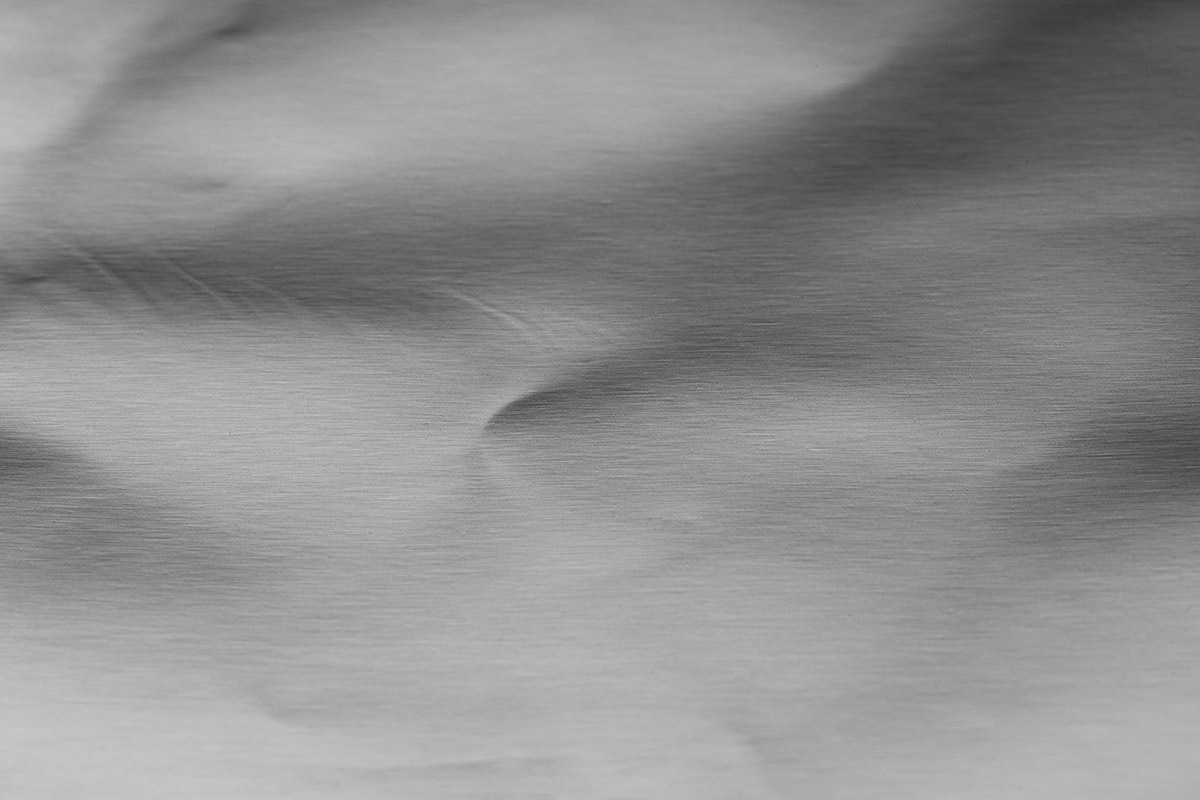Die Cutting: Material Selection, Cutting Methods, and Some Helpful Tips
Die cutting is an essential fabrication technique for projects that require preciseness and precise measurements. With a few simple steps, you can make any project look professional and high-quality – no matter what material it’s made of. This methodology offers extraordinary accuracy for any design and ensures that your end product will be smooth and detailed with the right selection of materials.
In this post, we’ll explore some crucial aspects when selecting a material for die cutting, the different types of cutting methods available to use on each type of project, and offer helpful tips along the way so that you can get beautiful results in less time!
What Is Die Cutting and What Are Its Benefits
Die cutting is a manufacturing process used to create precise, custom shapes and designs from a variety of materials ranging from paper and cardboard to rubber and plastic. It involves the use of a metal die or mold that is pressed onto the material to produce the desired shape. Die cutting offers several benefits, including high accuracy and consistency, increased speed and efficiency, and the ability to create intricate and complex designs. It is widely used in a range of industries, from packaging and printing to automotive and electronics.
Whether you are looking to create unique packaging or enhance the functionality of your products, die-cutting is a versatile option that can help you achieve your manufacturing goals. Not only does it offer remarkable precision and customization, but it also allows for faster production times, lower labor costs, and reduces material waste. It is a cost-effective solution that can help elevate the quality of your products and make them stand out in the marketplace.
Popular Cutting Methods for Die Cutting
Die-cutting has been around for centuries, providing us with an easy and efficient way to create unique shapes and designs. Today, there are many popular cutting methods used for die cutting. One of the most common methods is flatbed die cutting, which involves placing a flat sheet of material onto a flatbed press and cutting it into the desired shape. Another popular method is rotary die cutting, where a cylindrical die is used to cut shapes into the material, often used in mass production.
Laser die cutting has become increasingly popular due to its precision and versatility, allowing for intricate designs and even engraving. Each cutting method has its own set of benefits and limitations, which is why it’s important to choose the right method for your specific project. From kiss cutting for stickers and labels to perforating for tear-off sheets, there is a cutting method that can help you achieve your desired outcome. Also, keep in mind that the type of material you choose will also play a role in determining the most suitable cutting method.
Material Selection for Die Cutting
When it comes to die cutting, material selection is key to achieving a precise and clean cut. There are various factors to consider when deciding on the right material for your die-cutting project. One important factor is the thickness of the material; thicker materials may require more force to cut cleanly. Additionally, the material’s flexibility and texture can influence the cut’s outcome. It’s important to choose a material that will hold up under pressure and maintain its shape after cutting.
Many materials are suitable for die cutting, including paper, cardboard, plastic, and fabric. By carefully selecting the right material for your project, you can easily achieve the desired result. Remember that different materials may require different cutting methods, so it’s essential to do some research and consult with a die-cutting expert if needed. Not only will the correct material selection ensure precise cutting, but it will also add to the overall aesthetic and functionality of your product.
Tips to Make Sure Your Job Comes Out Perfectly
While die-cutting may seem straightforward, there are a few tips and tricks you can use to ensure your project comes out perfectly. Here are a few helpful pointers:
- Ensure that the material is properly aligned on the die before cutting to avoid any errors or misalignments.
- Use sharp blades and regularly replace them to maintain clean cuts and prevent damage to the material.
- Consider the orientation of your design and how it will fit onto the material before cutting.
- Use appropriate pressure settings for different materials to achieve the desired depth of cut without damaging the material or die.
By following these tips, you can ensure that your die-cutting job is completed efficiently and accurately. Don’t be afraid to experiment with different materials and cutting methods until you find the perfect combination for your project.
Common Mistakes to Avoid
Although die cutting is a precise and efficient method, some common mistakes can occur if not careful. These include:
- Not accounting for material stretch or shrinkage during the cutting process.
- Using incorrect pressure settings, resulting in uneven cuts or damage to the material.
- Choosing the wrong method for your project leads to unsatisfactory results.
To avoid these mistakes, it’s important to do your research and consult with a die-cutting expert if needed. Proper planning and preparation can help you avoid these pitfalls and achieve the best possible outcome for your project. Regularly maintaining your equipment and blades can also help prevent any unexpected errors or issues during the cutting process. Remember that practice makes perfect, so don’t be discouraged if your first few attempts don’t come out perfectly. With time and experience, you can become an expert in die-cutting for all your fabrication needs.
Die cutting is a powerful and versatile manufacturing technique, offering precision, consistency, and efficiency in producing custom shapes and designs. The key to achieving successful die cuts lies in careful material selection and choosing the right cutting method for your specific needs. Avoiding common mistakes and applying the tips shared can further enhance the quality of your end product.
With a clear understanding of these aspects, you can harness the full potential of die-cutting to bring your designs to life, whether for professional projects or personal endeavors. Remember, practice and patience are the secret to mastering any skill, including die cutting. So, start experimenting and discover the endless possibilities that die-cutting can offer.




















